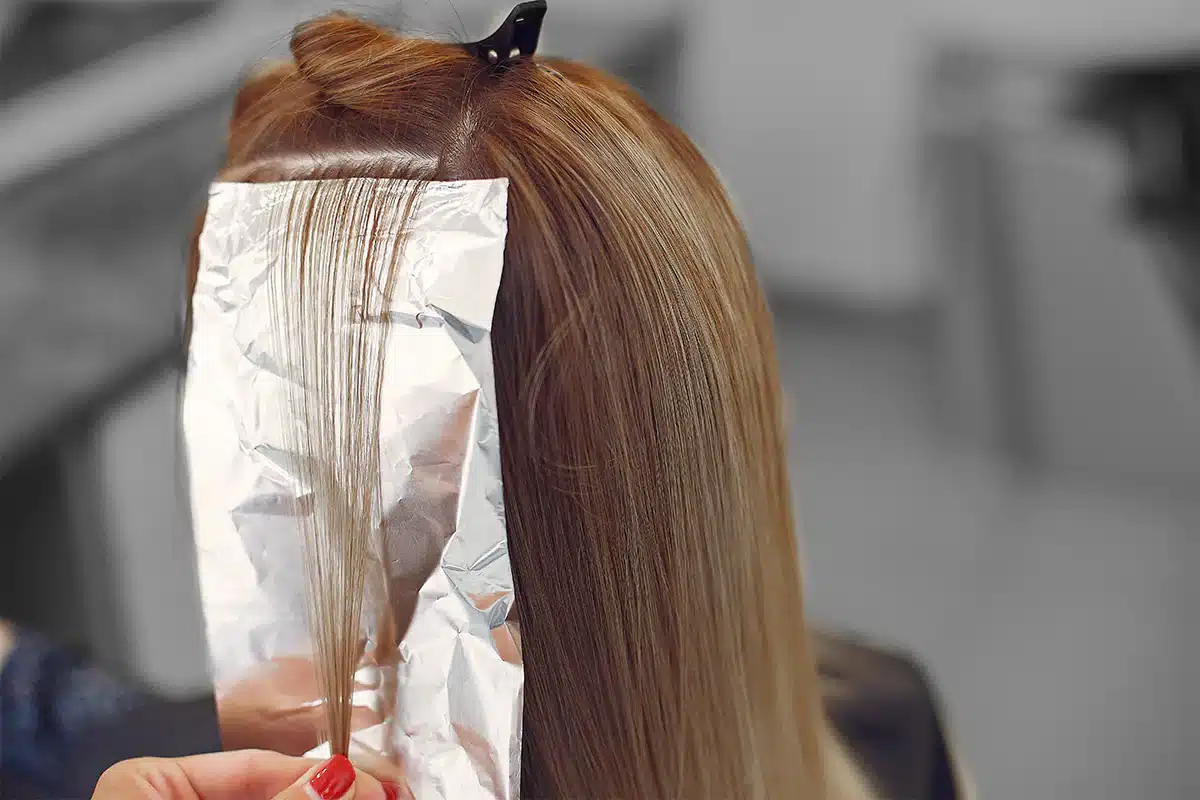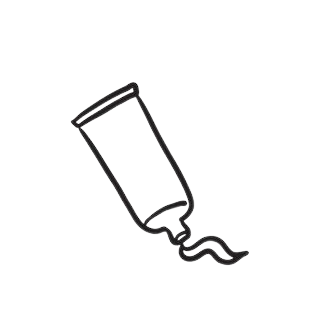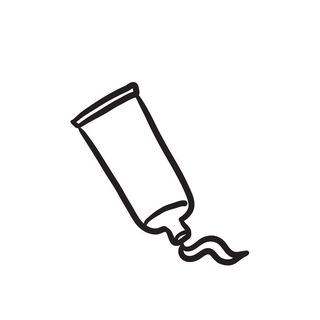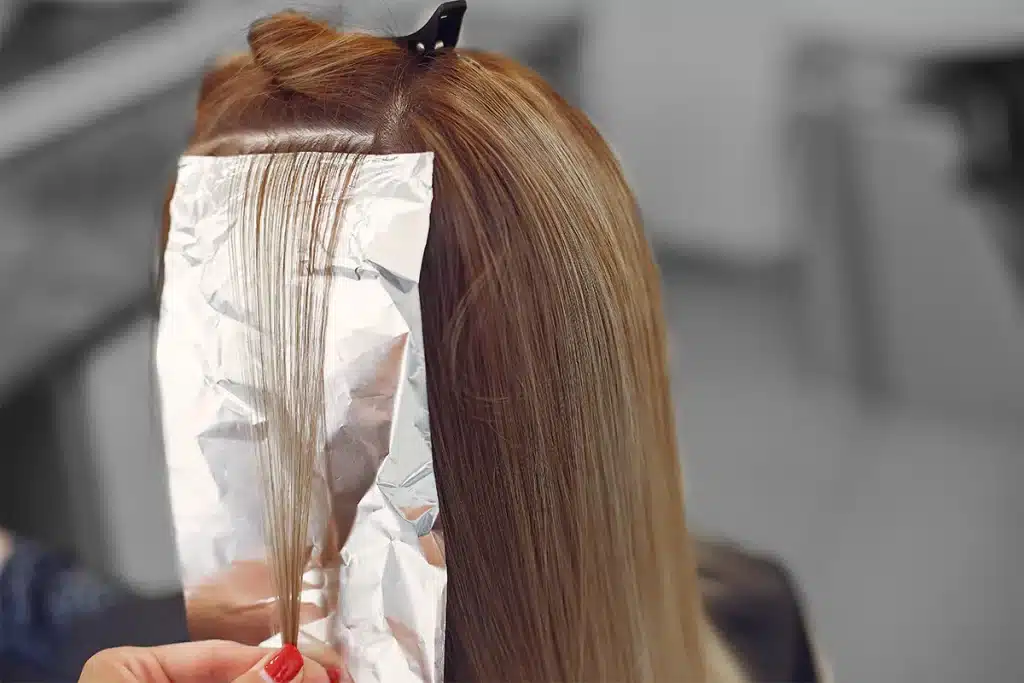
In the vibrant world of hair coloring, two terms often stand out: hair tinting and hair dyeing. While both methods involve changing hair color, they differ significantly in application, duration, and effects on your hair. Understanding these differences can help you make an informed choice that suits your style and hair care preferences.
Understanding Hair Tinting and Hair Dye
Hair tinting and hair dyeing represent distinct approaches to achieving colored hair. Hair dye, typically permanent or semi-permanent, penetrates deep into the hair shaft using chemicals like ammonia and peroxide. This process alters the hair’s natural pigment, making it ideal for covering grays or achieving dramatic color transformations that last.
On the other hand, hair tinting involves applying semi-permanent colorants that coat the hair’s outer layer. This superficial application provides a more temporary change, perfect for experimenting with new shades or adding subtle highlights. Unlike traditional dyes, tints do not penetrate the hair deeply, resulting in less damage and a shorter-lasting color effect.
Choosing the Right Hair Tint Colors & Hair Styles
When opting for hair tinting, selecting the right color is crucial. Consider factors such as your skin tone, eye color, and current hairstyle to enhance your natural features. Whether you prefer vibrant hues or subtle tints, consulting with a professional stylist can guide you towards shades that complement your unique style.
Hair tinting offers versatility in application styles as well. From all-over color to strategic highlights, there are various techniques to achieve your desired look. Experimenting with different placement methods can create depth and dimension, enhancing your overall hairstyle.
Types of Hair Tints
Explore the diverse types of hair tints available:
- Semi-Permanent Hair Color: Lasting several weeks, semi-permanent tints gradually fade with each wash, offering flexibility for changing styles.
- Temporary Hair Dye: Ideal for short-term color changes, temporary dyes wash out after a few shampoos, perfect for special occasions or brief style experiments.
- Natural Tint Hair Color: These tints subtly enrich your existing hair color, adding vibrancy without drastically altering your look.
Each type of hair tint has its own application process and level of permanence, catering to different preferences and lifestyle needs.
Maintaining Your Tinted Hair
Proper care is essential to maintain the vibrancy and health of your tinted hair:
- Use Color-Protecting Products: Opt for shampoos and conditioners specifically formulated for color-treated hair, like GK Hair’s Styling Mousse and products from their Styling collection, to preserve your tinted color.
- Limit Washing: Washing your hair less frequently helps prolong the life of your tinted color by preventing premature fading.
- Protect from Environmental Factors: Shield your hair from UV rays and chlorine, which can cause color fading. Use hats or hair products with UV protection when outdoors, and rinse hair after swimming.
- Regular Trims: Schedule regular trims to maintain hair health, prevent split ends, and ensure your color remains fresh and vibrant.
Frequently Ask Questions:
What is the difference between hair tint and hair dye?
Hair tinting involves applying semi-permanent colorants that coat the hair’s outer layer, offering a temporary change. In contrast, hair dye penetrates deeper into the hair shaft for longer-lasting color transformations.
What is tinting of hair?
Tinting hair refers to the application of semi-permanent colorants that add color to the outer layer of the hair, enhancing its appearance without permanent alteration.
How long does a hair tint last?
The duration of a hair tint varies based on the type and brand used. Generally, semi-permanent tints last several weeks and gradually fade with each wash.
Does tint damage hair?
Hair tinting is typically gentler on hair compared to traditional dyeing methods because it does not penetrate deeply into the hair shaft. However, regular care and use of appropriate hair products are recommended to maintain hair health.
Conclusion
Hair tinting offers a flexible and less damaging alternative to traditional hair dyeing, allowing you to experiment with colors and styles without long-term commitment. By understanding the differences between hair tinting and hair dyeing, choosing the right products, and following proper maintenance routines, you can enjoy vibrant and personalized hair colors that reflect your unique style.


